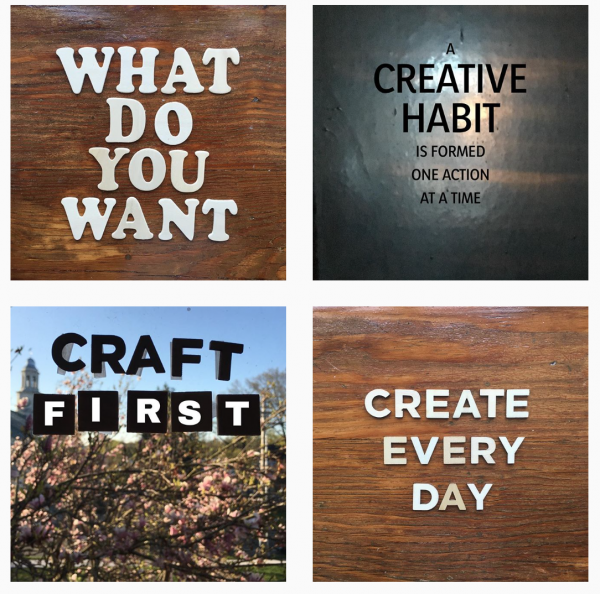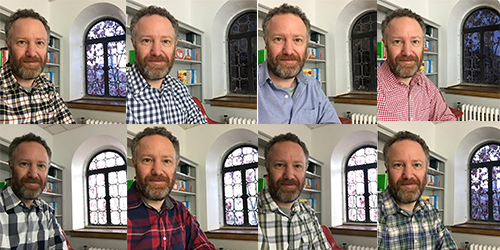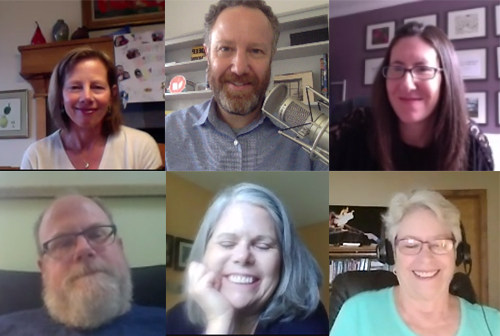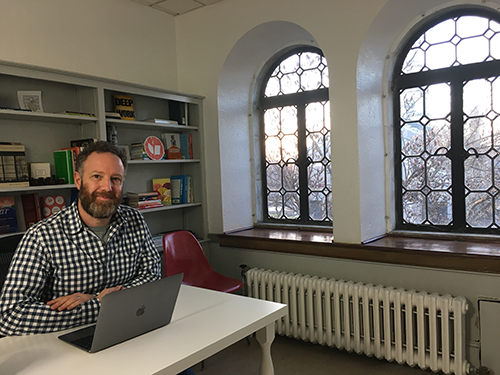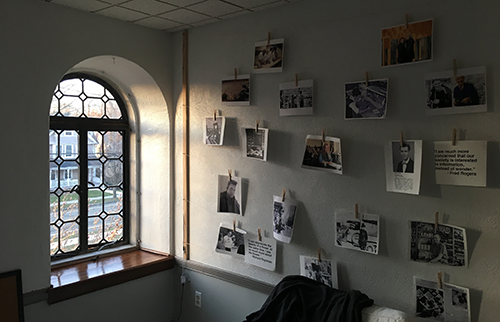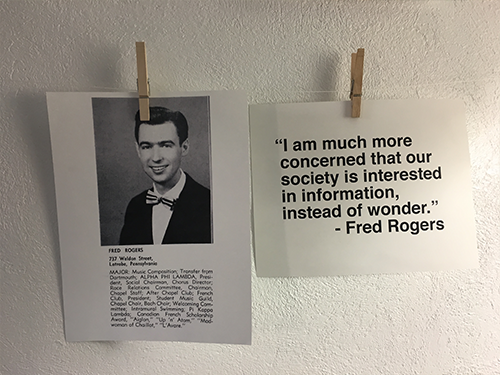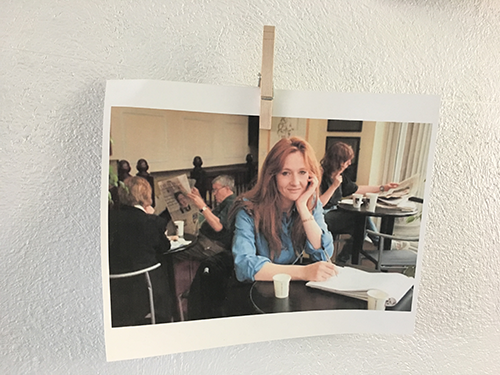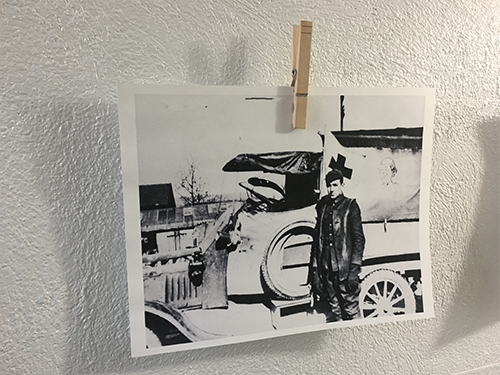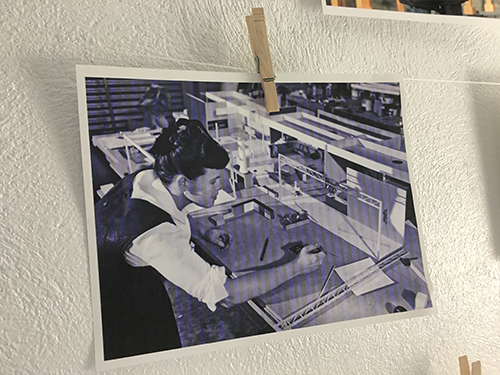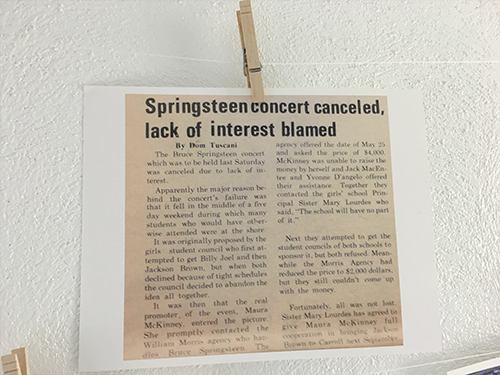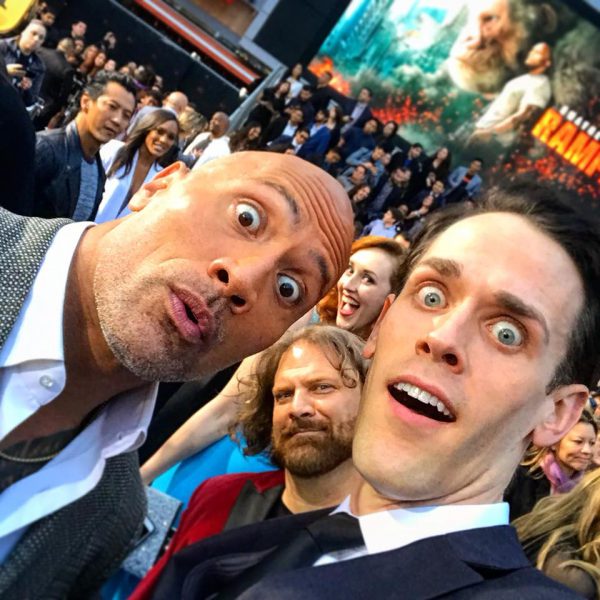There is this video I’ve watched a bunch of times this week, where centenarians — those who lived past 100 years old — are interviewed. In the video, they consider what they have created, and wisdom they would share with others. So much of it is about appreciating your connection to others. To spend time with your parents and relatives if you they are still around. To invest in closeness to others. To not be reluctant to ask for help when you need it.
I think I kept watching this video because it reminds me of what I think many writers and artists need in their life.
To consider what matters most to them, and what they create for others in the world.
How true deep connections with real people matters more than faceless “followers.”
How assessing progress allows you to consider where you have been and where you want to go.
This is reflected in an email I received this week from author Dawn Downey. She has been a member of my mastermind group, and she shared an update on what she has been focused on recently:
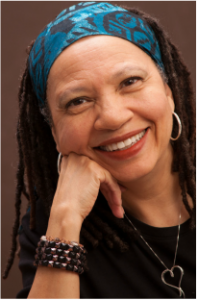
“Thought I’d give you an update on my creative shift—changing my marketing emphasis from gathering new fans to deepening relationships with current fans.”
“Last year at one of my readings, a woman named Janet fell in love with my writing. She insisted if I were ever in her hometown, I should stay with her. A year later there’s a book fair in her hometown, a two-hour drive from mine. I emailed her and asked if I could spend a couple nights with her. She gave me a wildly enthusiastic yes.”
“Janet lives on several hundred acres down a gravel road, about fifteen minutes from town. Because she wasn’t attending the book festival, I had planned to drive back into town for the kick-off event (mingle and munch), but she drove me there. She then introduced me to the woman who’d organized the festival and to the editor of an anthology produced to raise money for it. (Small town, they all know each other.) While I was talking with someone else, I overheard Janet lobbying for me to be recruited as a speaker for next year’s festival.”
“Saturday morning I got up to drive to the day-long festival. Janet had already packed me a lunch, snacks and a bottle of water, because she’d noticed the schedule had no lunch break. She drove me there in the morning and picked me up at the end of the day. Instead of asking how she could help, she simply helped. She was a combination mom and publicist!”
“I was encouraged by the weekend. Letting go of marketing and sales outcomes, focusing on relationships. What’s hard is this: I’ve not found other writers in my community who encourage me down this path or understand what the heck I’m doing. I certainly have no quantifiable measures for success. But my gut is saying keep going.”
I love what Dawn shares here! This is the type of stuff I talk about in my book Be the Gateway, and in my Creative Shift Mastermind. To me, there are two huge insights to what she shares:
- Creative work should lead to personal fulfillment, and connection to others. Your work changes you, and changes others. That is clearly what is happening here with Dawn, with Janet, with the festival.
- More people know of Dawn and her writing, and in the best possible context: not as a “promoted Tweet,” but as a true human connection, an introduction to her art in a supportive community. There are probably dozens of others that Dawn engaged with that weekend who appreciated meeting her and were introduced to her writing in the best possible way.
But beyond this is that Dawn has established a practice to share her work, to connect with readers.
Last week I shared a phrase that I use a lot with writers and artists I work with: RADICAL CLARITY. I was astounded at the positive reaction that people had to that, so I began creating something of a manifesto around it:
To get RADICAL CLARITY, you need:
![]() To acknowledge that you are a creator, and you have permission to create. Not only that, but you have to accept that the world needs what you create. That you are ready to be seen and heard as a creator.
To acknowledge that you are a creator, and you have permission to create. Not only that, but you have to accept that the world needs what you create. That you are ready to be seen and heard as a creator.
![]()
To know exactly what you create and why. You have to answer this because without it, you will stop when things get hard. You have to be able to explain why this work means so much to you, and why someone will love it. Don’t cop out with an answer such as “I just want to entertain people!” Writing and art changes lives. Be clear how it is changing yours, and the potential it has to change someone else’s.
![]()
To understand the ideal person who you hope to reach. This is not some vague demographic. It is a real person with a name, a face, a lifetime of experiences, and someone searching for what you create.
![]() To show up for your creative work. To establish the practices and processes that ensure you show up day in and day out, even when things feel difficult.
To show up for your creative work. To establish the practices and processes that ensure you show up day in and day out, even when things feel difficult.
![]() To put craft first, always improve your skills. Your growth as a writer and artist relies on the mastery of your skills, and seeking personal growth through honing them.
To put craft first, always improve your skills. Your growth as a writer and artist relies on the mastery of your skills, and seeking personal growth through honing them.
![]() To understand that success requires collaboration. Your work dies in isolation. When you collaborate, you are no longer swayed by the winds of trends, of negative anxiety that may drive you, of making incorrect assumptions about process. If you don’t have colleagues to help you along the way, you are destined to always be an amateur.
To understand that success requires collaboration. Your work dies in isolation. When you collaborate, you are no longer swayed by the winds of trends, of negative anxiety that may drive you, of making incorrect assumptions about process. If you don’t have colleagues to help you along the way, you are destined to always be an amateur.
![]()
To have a safe place to work through challenges. This is a support system of coaches, colleagues, and collaborators who hold you accountable to your creative vision.
![]() To connect with others on a one-to-one human level. Connecting your work to others should be a process of deep connection, not one of trying to amass faceless followers, judging your success on likes and reshares. It is about connecting through writing and art, and how that changes someone.
To connect with others on a one-to-one human level. Connecting your work to others should be a process of deep connection, not one of trying to amass faceless followers, judging your success on likes and reshares. It is about connecting through writing and art, and how that changes someone.
To extend this, I have also been sharing daily reflections on how to double-down on your creative work on my Instagram feed:
I want to encourage you to consider how you invest in your own creative process and how you connect your work to others in a deeply human way. How can RADICAL CLARITY give you greater fulfillment in your writing and art?
Thanks.
-Dan
PS: Here is the link to the video on those who lived past 100.

